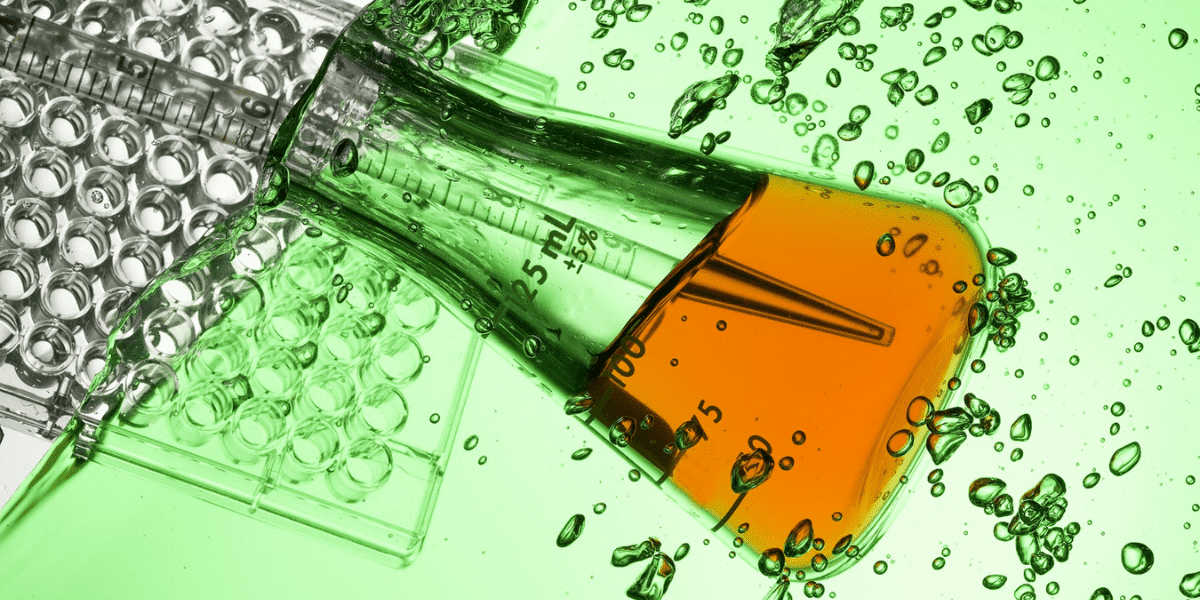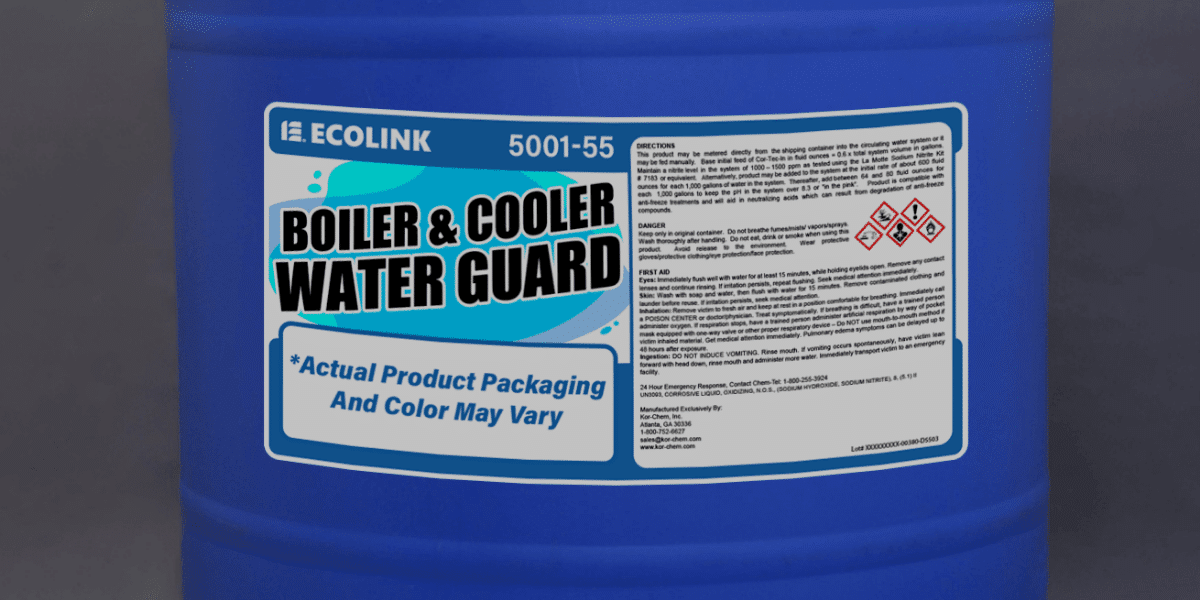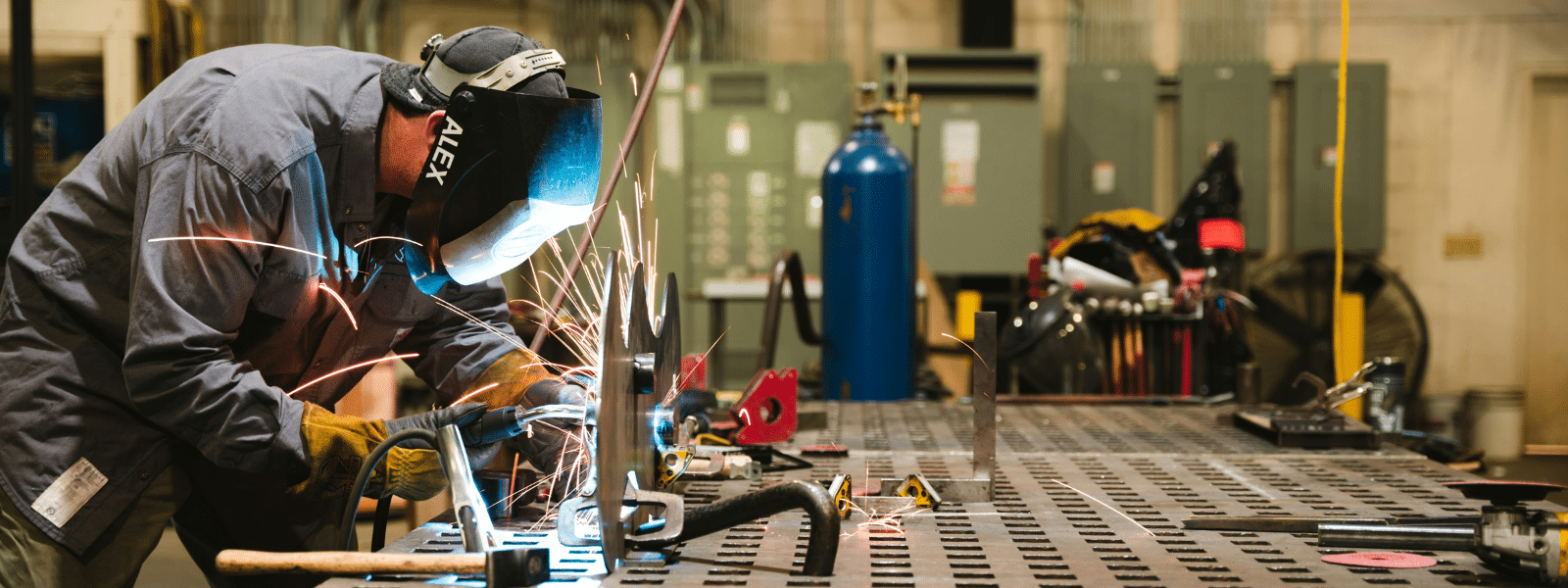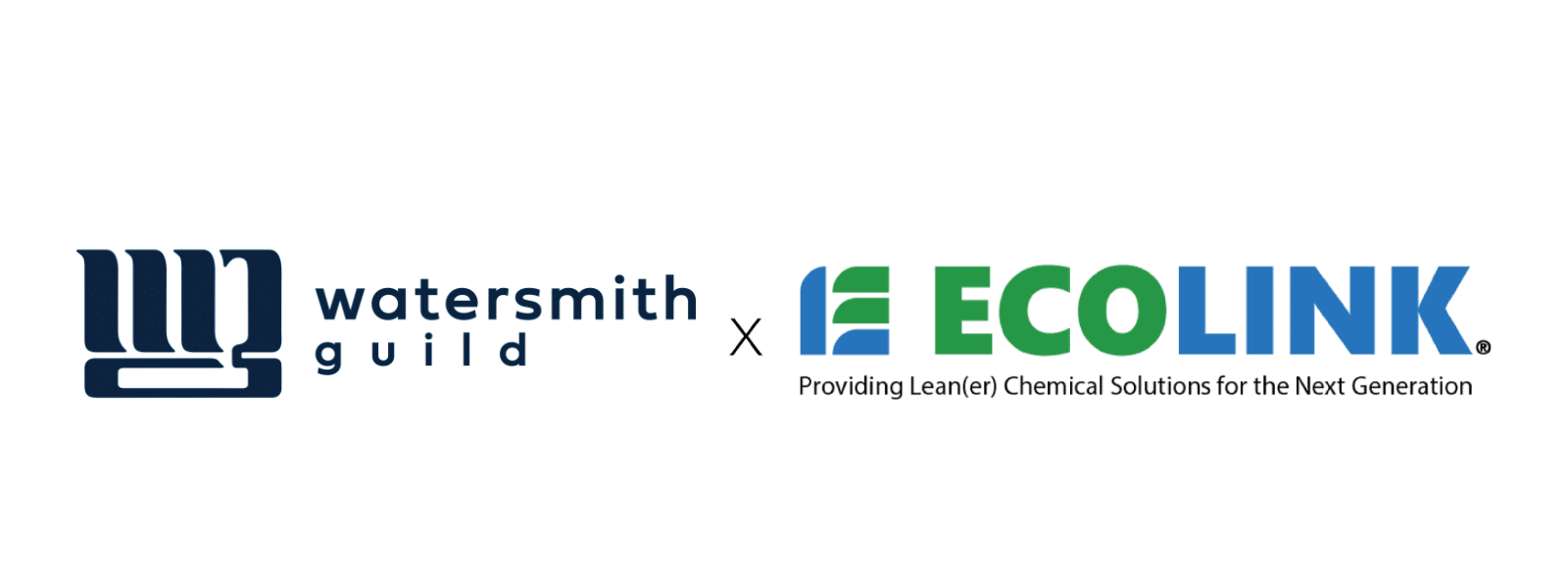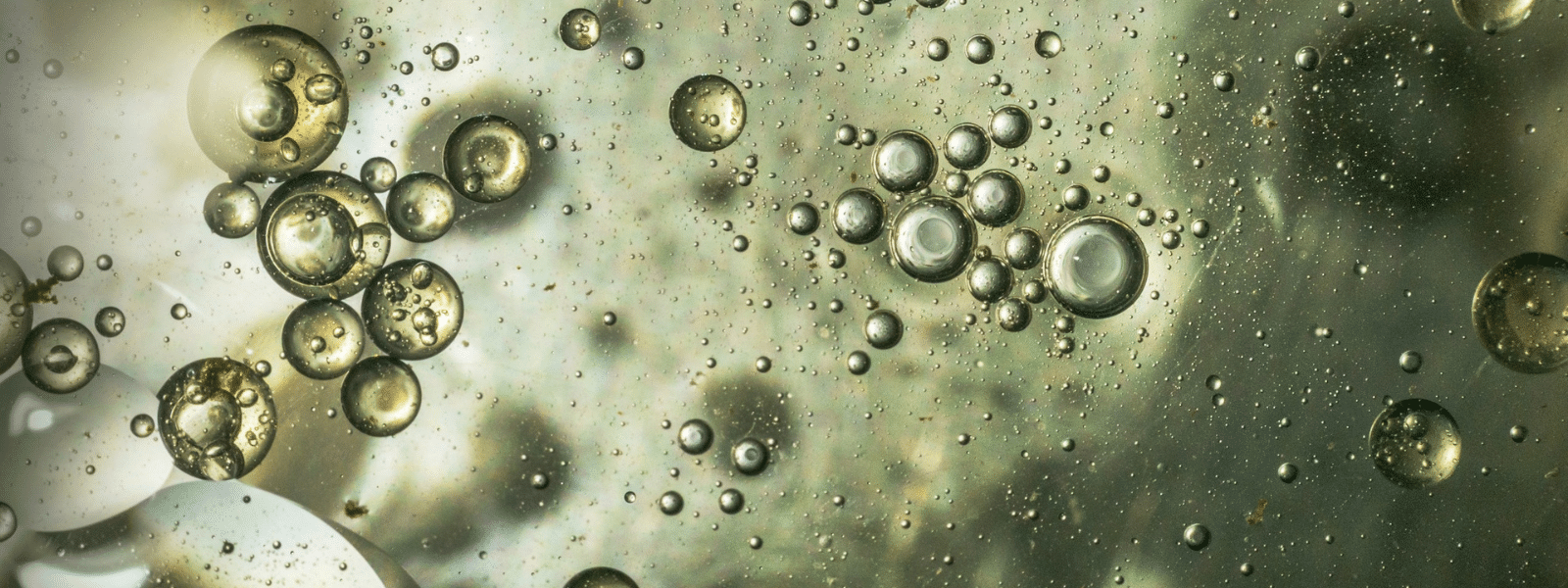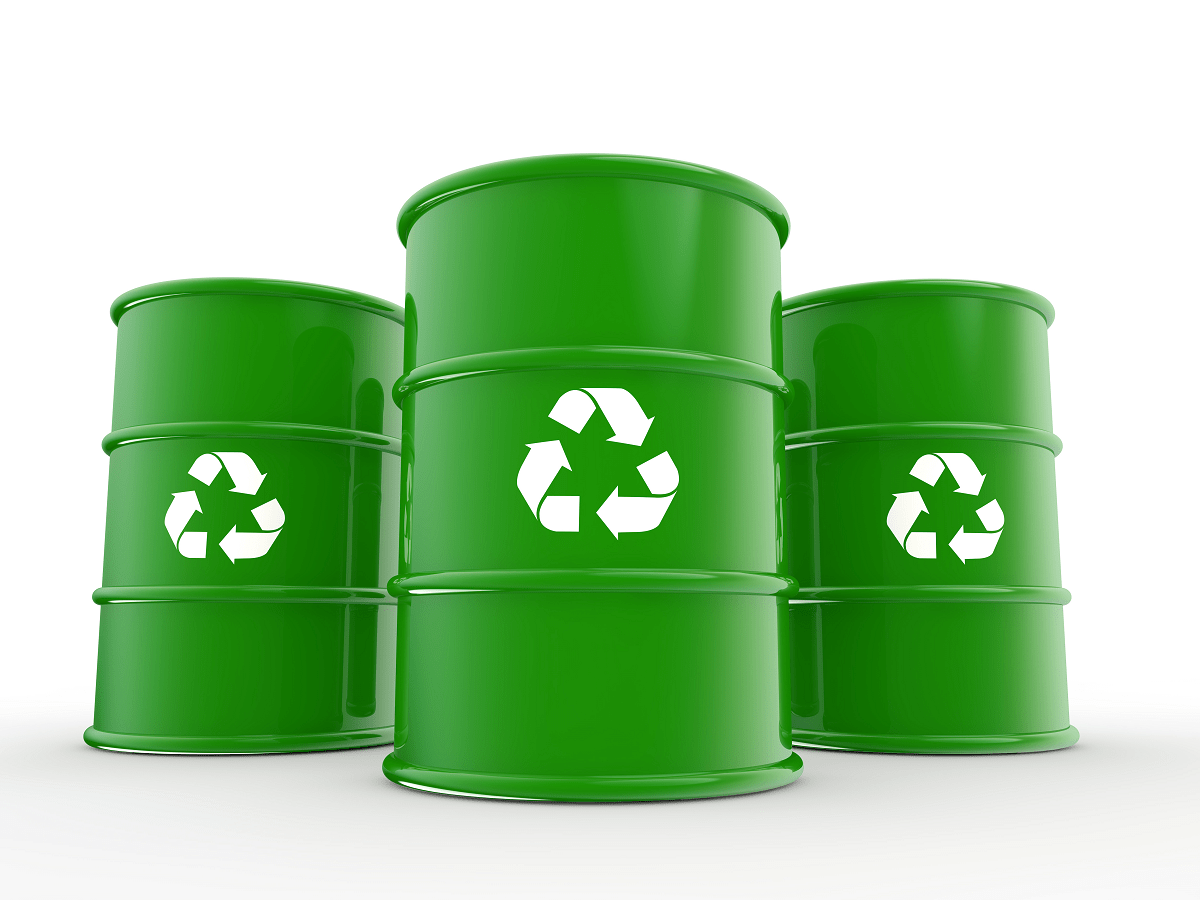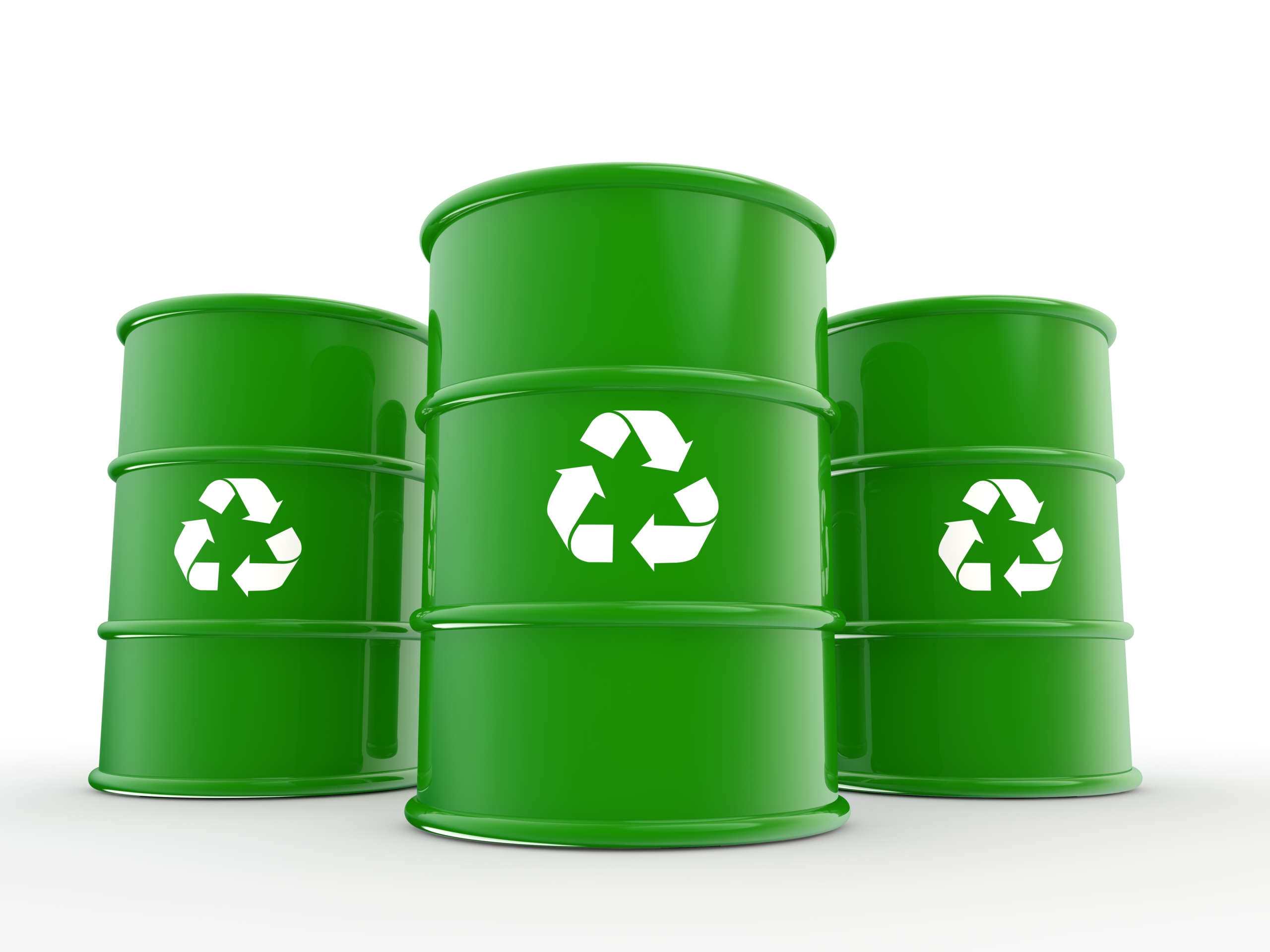Trichloroethylene, also known as TCE, is a controversial, yet widely used solvent for various industrial and commercial applications. However, using...
Blog


CHEMICAL INDUSTRY NEWS
Chemical Chat – Discover What’s New!
Scale and Corrosion Inhibitors
What are scale and corrosion inhibitors? These are concentrated chemicals that can be added to water to prevent corrosion and scale deposits from...
Understanding Commodity vs Specialty Chemicals
Chemicals and solvents are used in all industries for production, cleaning, and additive ingredients for everyday products, but what is the...
Cooling Tower Water Treatments
What chemicals can be used for cooling tower water treatments? Corrosion and scale inhibitors are a great option for...
Scale and Corrosion Inhibitors
What are scale and corrosion inhibitors? These are concentrated chemicals that can be added to water to prevent...
Company News

Managed Services
Discover the Latest in Safe and Sustainable Chemical Solutions
Stay informed with Ecolink’s blog! Subscribe now
Chemical Management Information
Stay updated with us
Sign Up for the Latest Updates
Stay informed about chemical supply chain disruptions and emerging innovations to keep your business at the forefront of efficiency and innovation. Uncover new ways to make your business practices more sustainable by incorporating safer products into your cleaning lineup.





